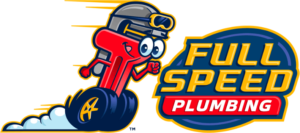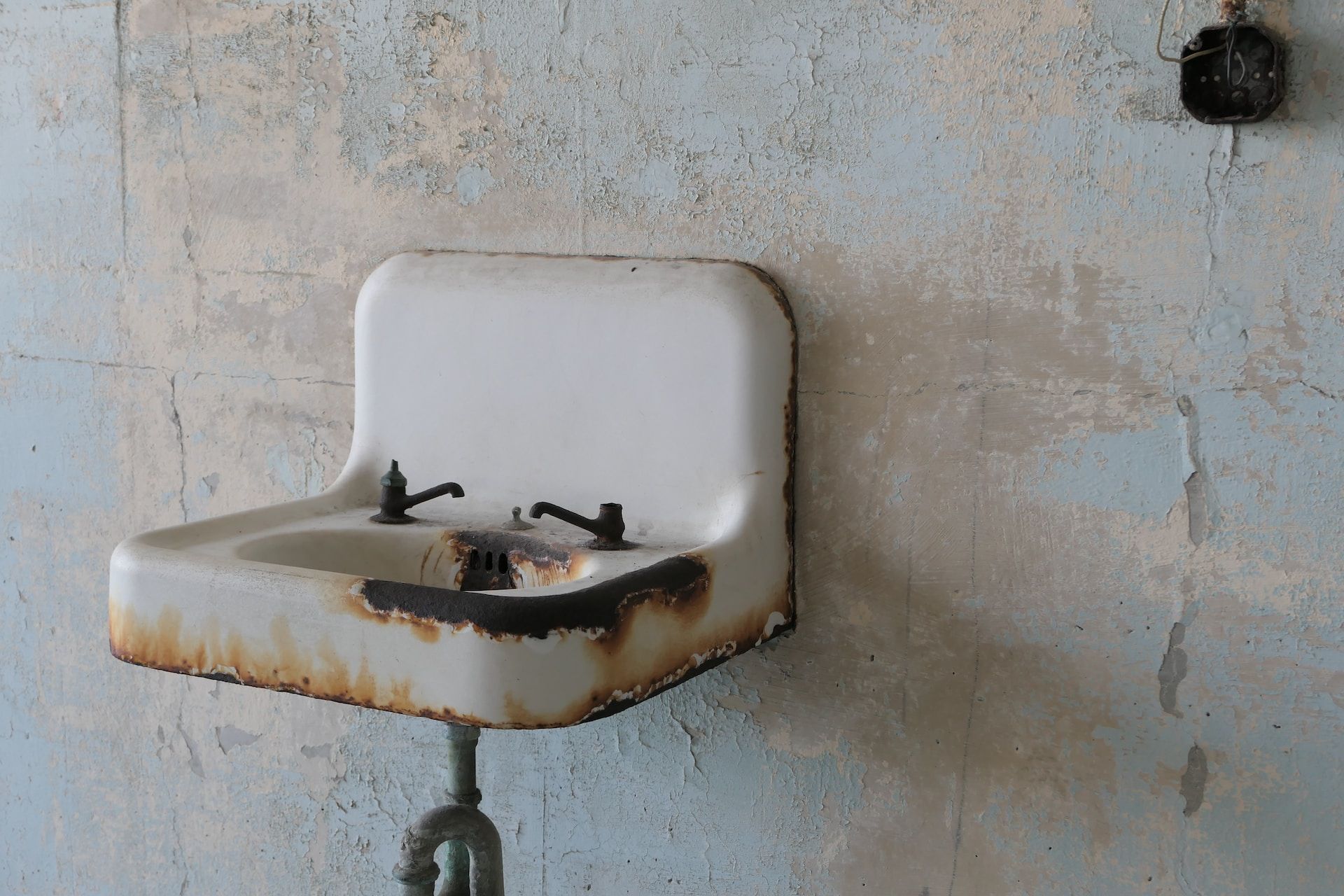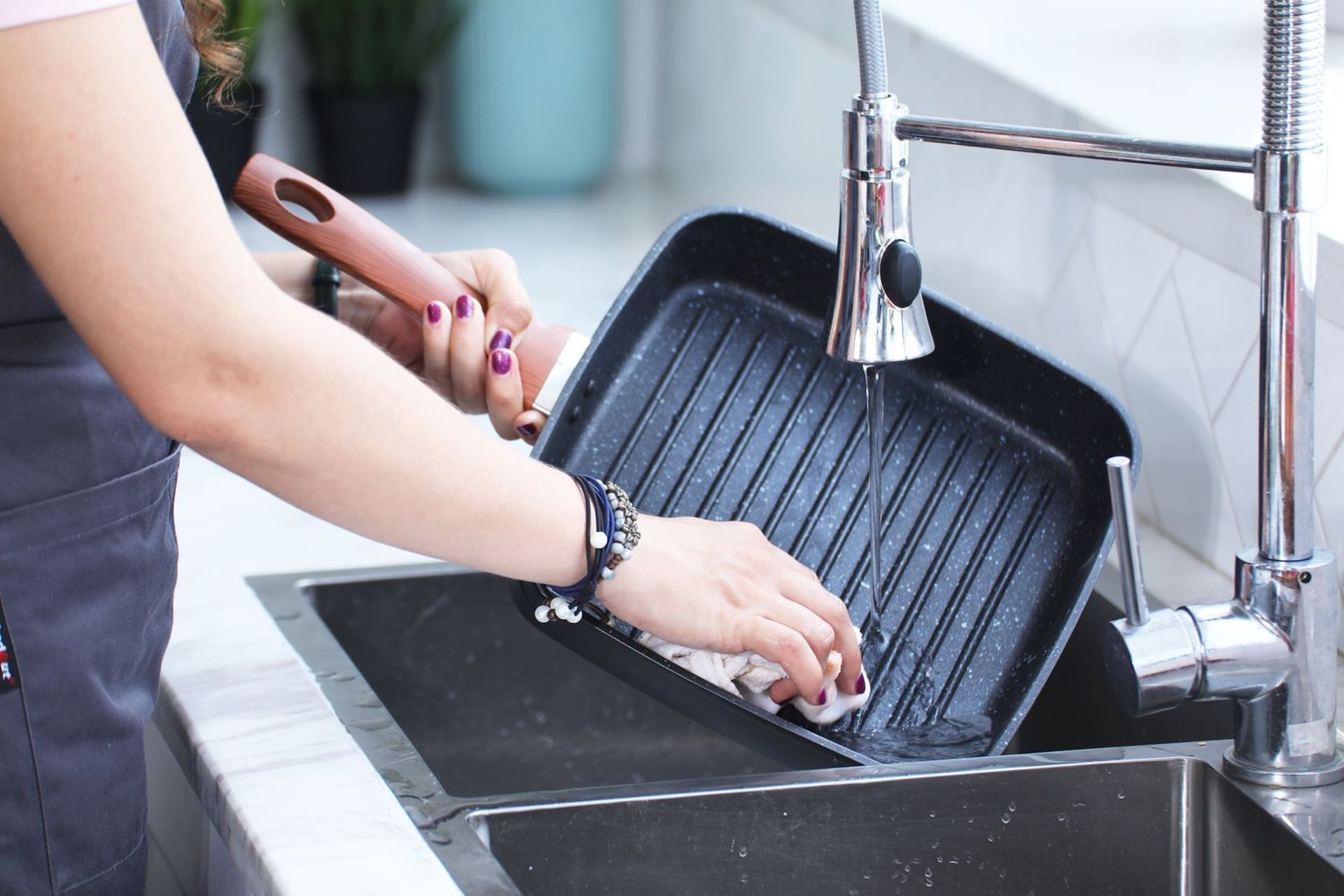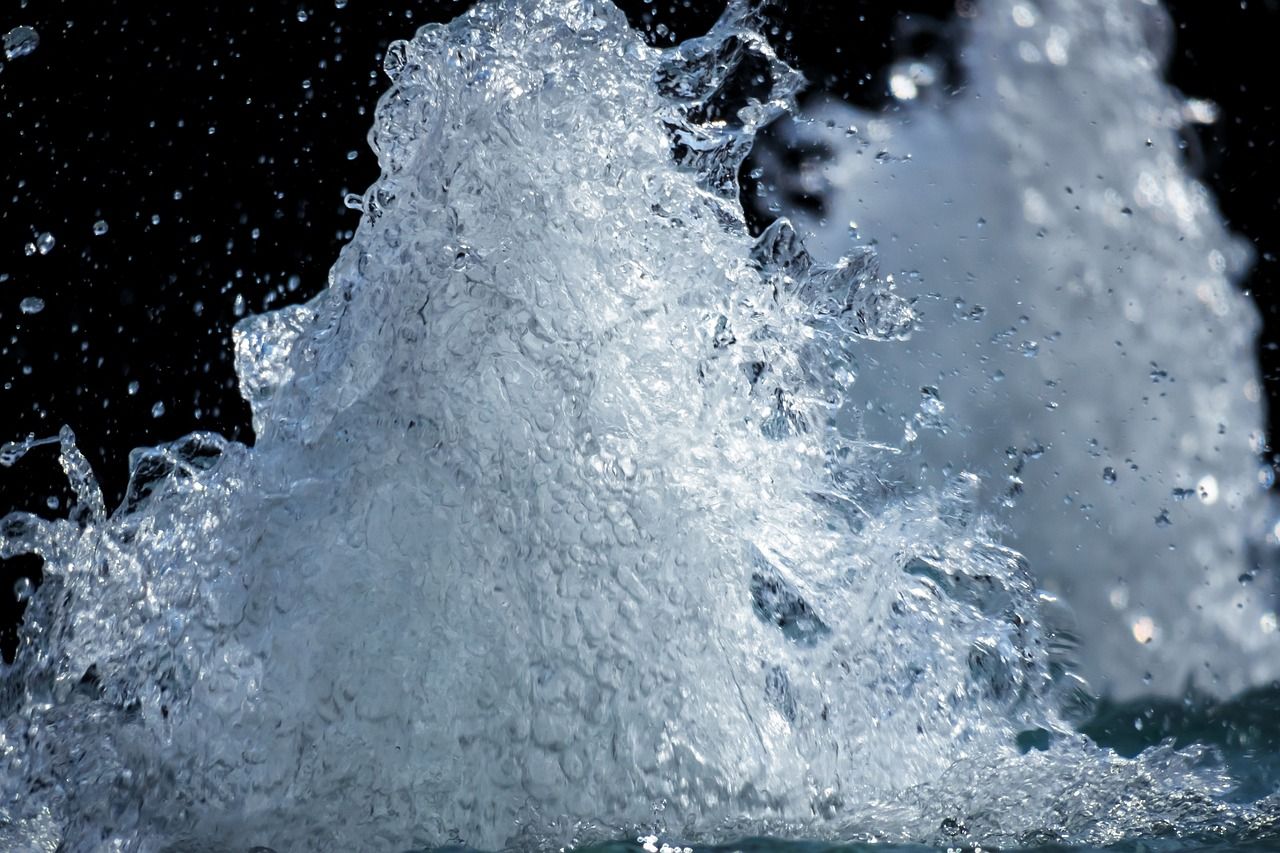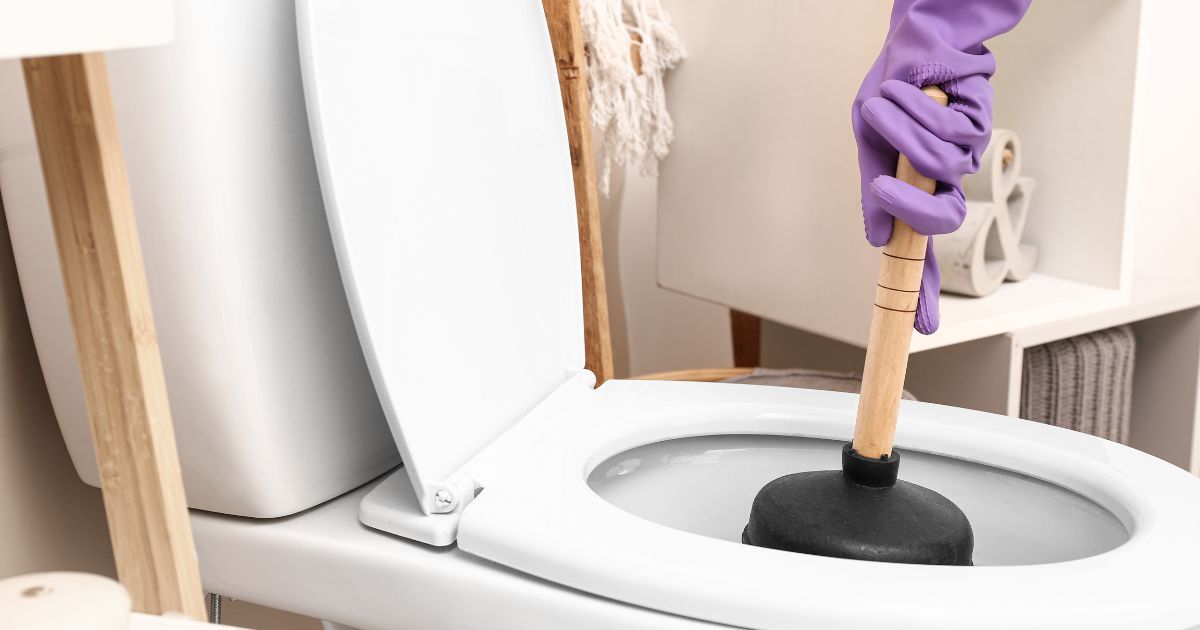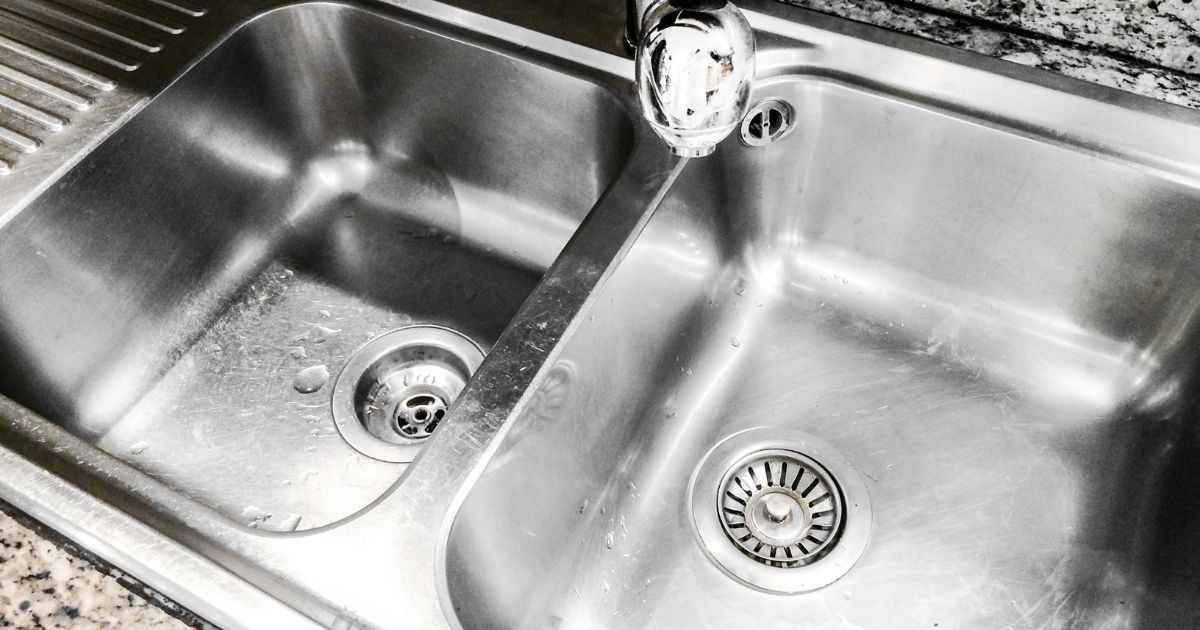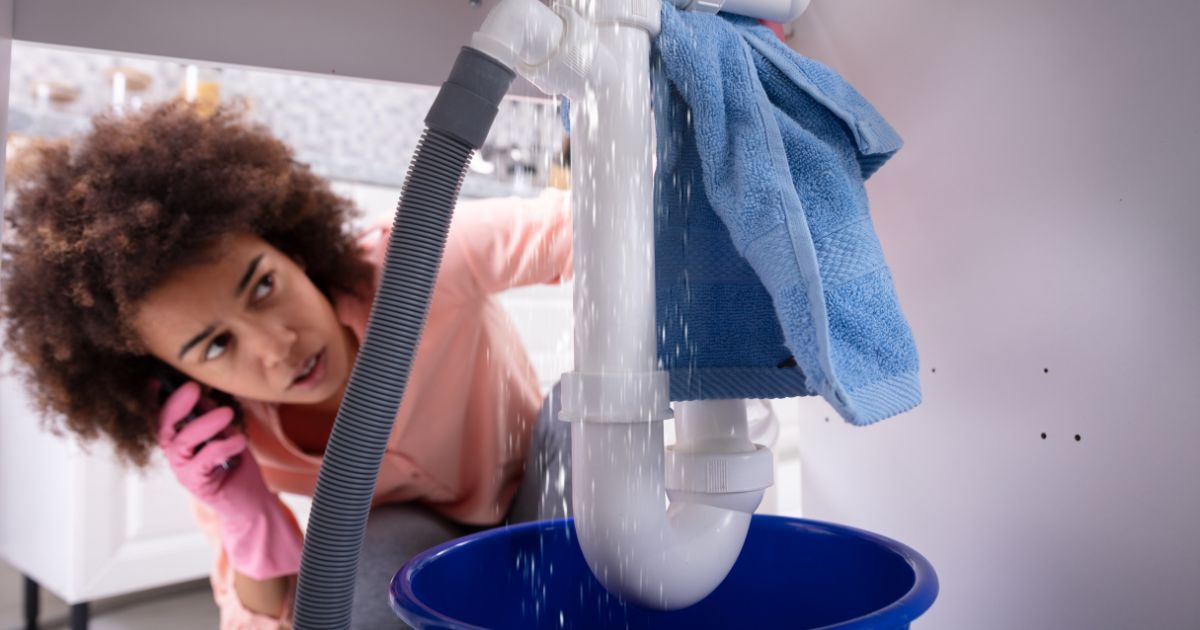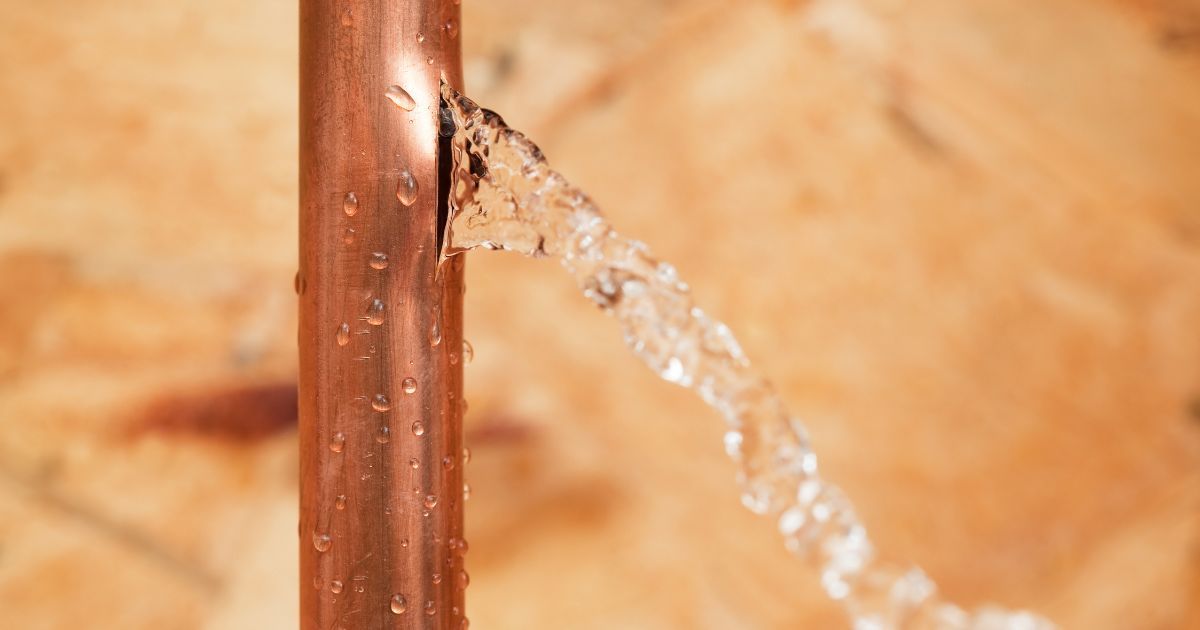How to Get Rid of Rust in Water At Home
Rust-colored water flowing from your taps at home can be a real cause for concern.
But don’t fret! Rusty water is a common household issue and is much less daunting than it seems.
Before you start imagining costly plumbing jobs or water treatments, we’re here to guide you through simple, do-it-yourself solutions.
In this blog post, we’ll break down the causes of rust in water, and offer you step-by-step methods to tackle it efficiently, right from the comfort of your own home.
Our aim? Clear, rust-free water in no time! Let’s dive in.
Why Is There Rust in Your Water?
Rust in your water might strike you as a surprise. So, what’s behind it? The culprit is usually your home’s old iron pipes. Over time, these pipes can corrode, causing rust to flake off into your water. This affects the color of your water and gives it a rather unpleasant metallic taste.
Another possible reason is a rusty or old water heater. If you only notice the rust when you use hot water, your water heater could be to blame.
Maintenance is key; don’t let the rust get the better of you.
Can You Drink Rusty Water?
While rust-colored water might not look or taste appealing, it’s not typically a health hazard. That’s right – consuming small amounts of rust from your water does not generally pose any serious health risks.
However, it’s crucial to understand that rust can significantly affect the sensory aspects of your water. The presence of rust often discolors the water, turning it an unusual shade of reddish-brown. In addition, rust can affect the flavor of your water, giving it an unwanted metallic taste.
So, while it might not harm your health, rust-colored water can be a nuisance to your senses.
The Ultimate Step-by-Step Guide to Eliminating Rusty Water
Are you tired of dealing with rust-colored water? Do you miss the taste of crisp, clean drinking water?
If so, you can make use of our ultimate step-by-step guide!
- Identify the Source: The first step to clear, rust-free water is identifying the source of the issue. If rust appears when both hot and cold water is on, the problem might be in your pipes. If it only appears when the hot water is on, your water heater may be corroded.
- Flush Your Pipes: If rusty pipes are your problem, try flushing them out. Turn on every water outlet (faucets, showers, etc.) in your home at full blast for about 20 minutes. This could help dislodge and wash away any rust deposits.
- Clean Your Water Heater: In case of a rusty water heater, it needs a good cleaning. First, turn off the electricity or gas supply for safety. Then, using a garden hose, drain all the water from the heater. After it’s completely empty, refill it, and then drain it again. This process helps to flush out any rust sediments.
- Install a Water Softener: If you live in an area with hard water, installing a water softener can prevent further rusting. These devices remove minerals like calcium and magnesium, which can cause rust over time.
- Replace Old Pipes: If the above steps don’t work, you might need to consider replacing your old pipes. This is a more expensive solution but might be necessary for seriously corroded pipes. Doing this can also help you deal with rust in well water. Consult with a professional plumber to discuss this option.
Remember, prevention is always better than cure. Regular maintenance of your pipes and water heater can go a long way in avoiding rusty water. Stay vigilant and act at the first sign of rust.
Let’s keep that water clear!
How Can Regular Plumbing Maintenance Help Prevent Rusty Water?
Keeping your plumbing system in top shape is crucial for preventing rust-colored water, and regular maintenance carried out by licensed professionals, like our team members at Full Speed Plumbing in Mount Vernon, WA, is key to achieving this.
Now, why is this so important?
Licensed professionals have the expertise to meticulously inspect your plumbing system, identifying any minor issues before they escalate into major problems. They can spot early signs of rust in your pipes or water heater, allowing for timely action to prevent rust from tainting your water.
In addition, our team of experts can provide comprehensive cleaning services, which can help eliminate any existing rust sediments within your system. Regular flushing of your pipes and water heater, as done by a professional, ensures that rust deposits are dislodged and removed, maintaining the clarity and taste of your water.
Moreover, our licensed professionals can advise you on the optimal intervals for maintenance and the best practices for your specific plumbing setup. For instance, if you live in an area with hard water, we might suggest installing a water softener to counteract the minerals that speed up rusting.
So, let’s not underestimate the power of regular professional maintenance! It’s an investment toward ensuring a rust-free, efficient, and long-lasting plumbing system. After all, prevention is always better than cure.
How to Get Rid of Rust in Water At Home — Conclusion
In conclusion, dealing with rust in your home’s water supply doesn’t have to be a daunting task.
By identifying the source of the problem, whether it’s corroded pipes or a rusty water heater, you can take effective measures to restore the quality of your water. Regular flushing of your system and professional maintenance is critical in preventing rust accumulation.
And, while rust-colored water isn’t typically harmful, it can certainly compromise the sensory aspects of your water, affecting its color and taste. Hence, addressing the issue at the first sign of rust is always wise, ensuring clear, rust-free water for you and your family. Remember, investing in regular maintenance and preventive measures can save you from potential hassles further down the line.
At Full Speed Plumbing in Mount Vernon, WA, we are ready and equipped to help you maintain a rust-free plumbing system.
Don’t let the rust get the better of you. Schedule your plumbing maintenance check with us today and say goodbye to rusty water for good.
Remember, prevention is better than cure, and clear water is only a call away!
